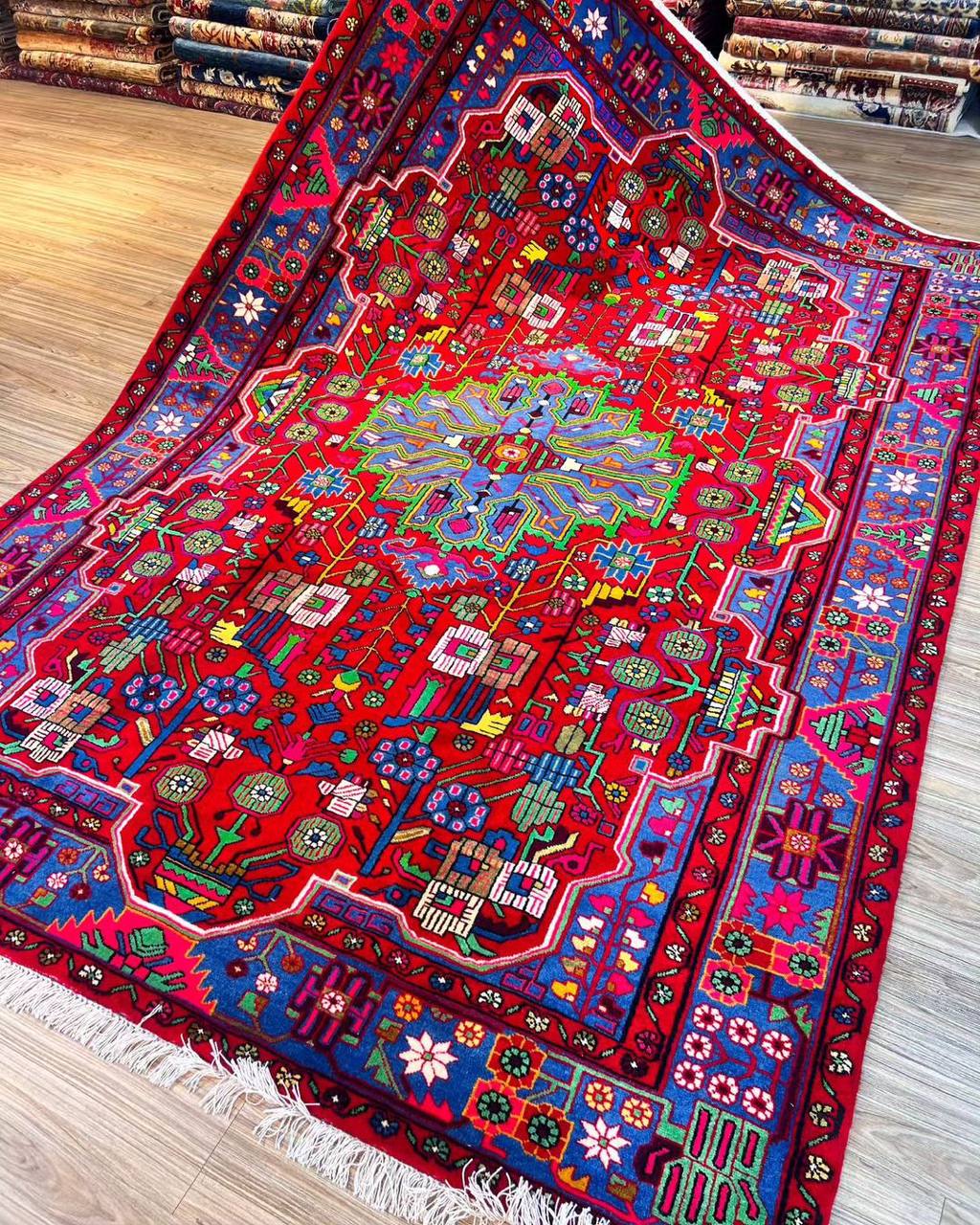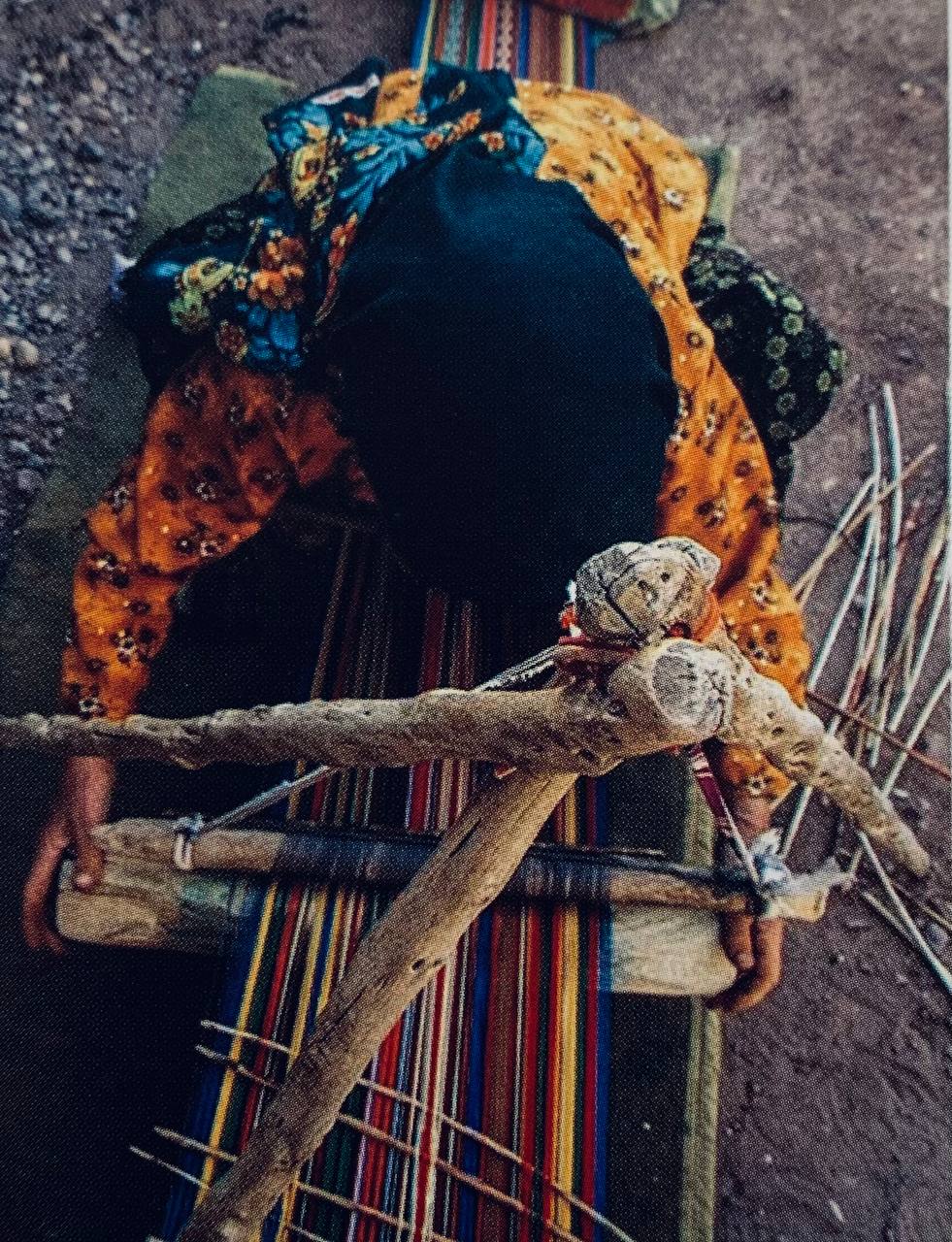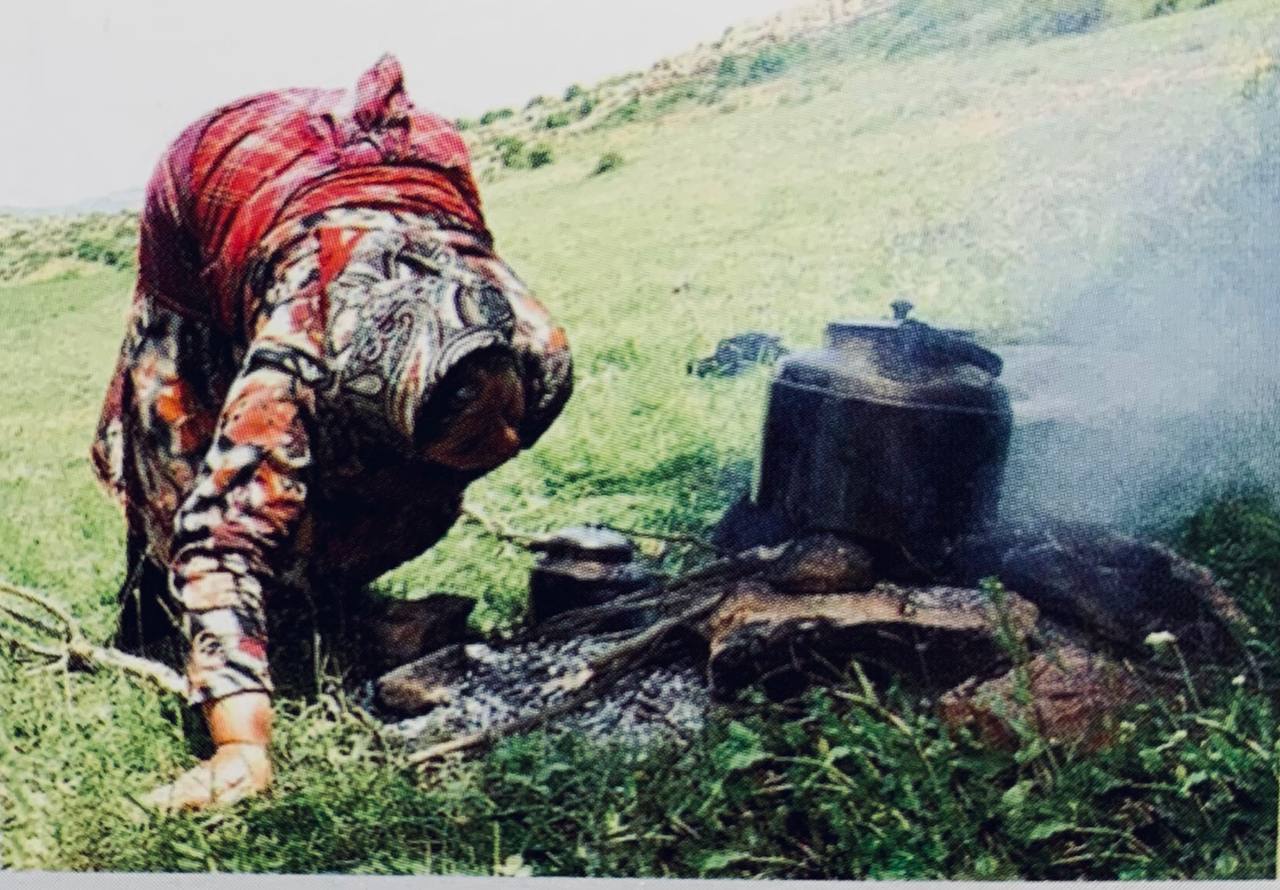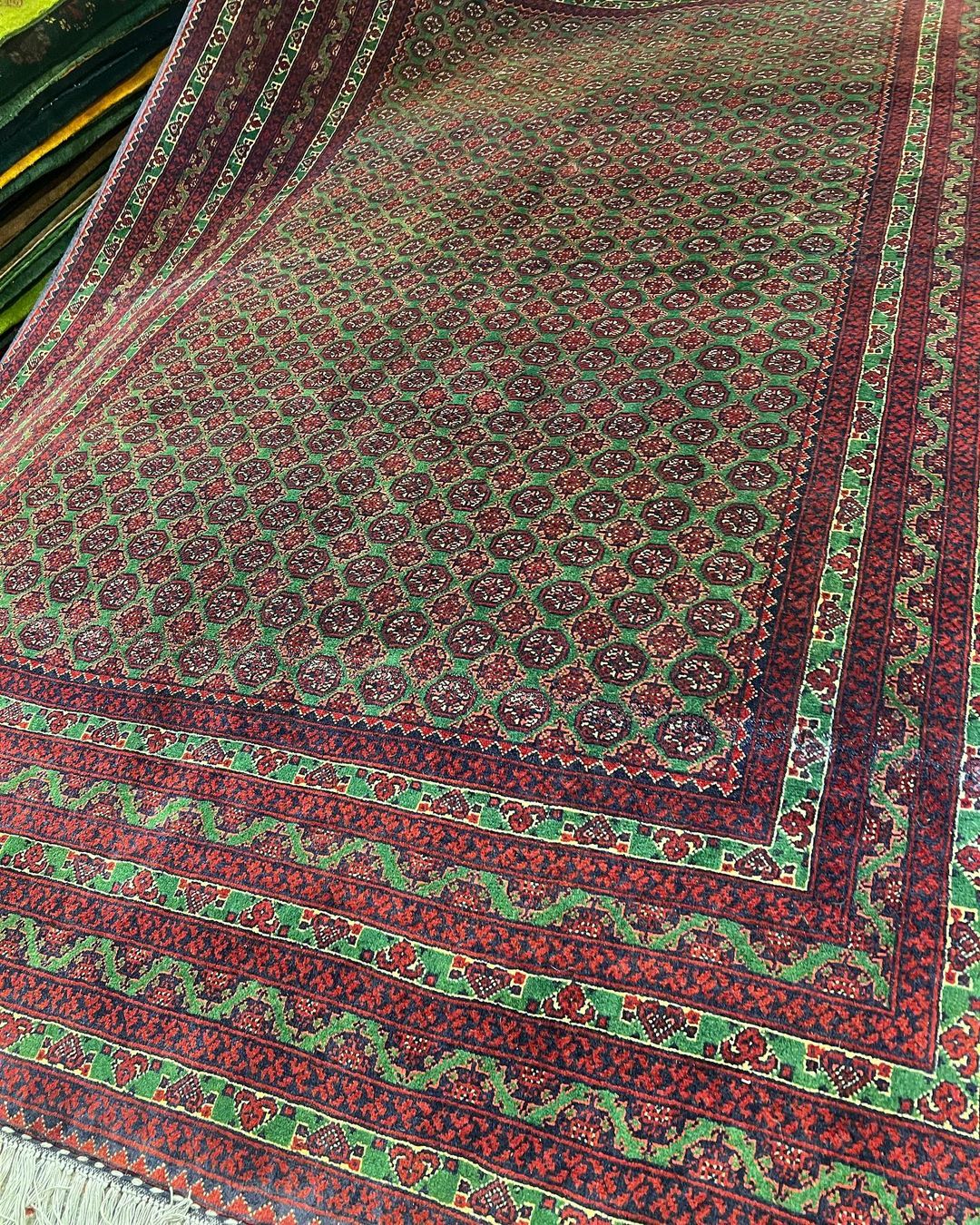The Life of a Nomadie People
The life of Shahsevan nomads Dvaluating the precise make-up of the Shahsavan today is an extremely complicated task. Iranian nomads are not particularly interested in the frequent efforts of the central government to gather statistics, which often result in unreliable data.(Persian carpet)
Other factors add to the problem. particularly in Kurdistan. The life of Shahsevan nomads
Here, groups of Shahsavan have integrated with the Kurdish population of farmers and making it difficult to distinguish betweng shepherds: The life of Shahsevan nomads
two groups, although they are ofdifferent ethnic origins. The Turkish language of the Shahsavan has become enriched with Kurdish words and expressions. Kurds and Shahsavan have even borrowed from each other’s styles of traditional costumes. One could say that there has been complete ethnic integration between the two groups, making it almnost impossible to obtain precise numerical data on either of the two peoples.The life of Shahsevan nomads
*Click on the opposite link to see precious Iranian handmade and machine combined silk carpets*
A similar problem arises with the many Shahsavan families who have abandoned nomadic life, choosing instead to settle in the villages.
Many of these people have lost their tribal identity, having integrated completely with the rural populations of Azerbaijan. Other reasons for choosing a settled lifestyle have arisen from the industrialisation of Azerbaijan, which have increased the demand for unskilled labour During its greatest period of growth, it would appear that the Shahsavan population reached one million individuals.

However, at the end of the nineteenth Century. according to Minorsky, t this number had shrunk considerably and the Shahsavan numbered no more than 150,000 people. At the beginning of the twentieth Century, their numbers were even smaller, due to the enforced settlement programmes, which almost halved the tribe’s numbers to 80,000. Recent Iranian sources have counted 29,247 families (about 175,500 individuals) as the present strength of the Shahsavan tribe in its various locations. persian Handmade carpet
Today, the tribe is divided into four diflerent clans, occupying different areas, cach
with its own summertime mountain pastures. The origins of this split lie in the tribe’s division into two groups during the reign of Nader Shah. in the wake of the struggle between Bader Shalh’ two heirs, the Shahsavan of Ardebil separated from those of Meshkin. The installation of the border along he Araks, and the redistribution of land imposed by Nader Shah Afshar also had an effect on the tribe’s make-up. Historical changes styles of Persian carpet
The Shahsavan of Moghan
The most important Shahsavan group, and the most well-known and significant for textile production are the Shalhsavan of Moghan, Before the border along the Aras was established, theirwinter quarters spread over a vast geographical area. The life of Shahsevan nomads

Today, they share the one comer of the Moghan Plain that lies on Persian soil, between the Aras and the Qareh Su rivers To the north, near the coastal city of Belasavar, are the winter quarters of the Moghanlu, Geyklu, Ajurlu, Khalifalu, Takaleh, Talesh Mikaelu, Jafarlu, Sari Khan Beglu, Khalash, Seidar and Bigdelu, which they share with other, smnaller tribes, According to a recent census, there are about 4,500 families in the taifeh. Persian carpet designs

All share common blood ties, some going back centuries, Many of them were listed in the earliest documented references to the confederation.
During the summer, the destination of these and other tribes are the high pastures of Mount Sabalan. They are reached vía traditional paths. which wind and twist over 150 km, and are among the shortest of Shahsavan routes. The pastures are rigorously allocated, from the lowest slopes to the high, inaccessible alpine pastures. Persian Rural carpet
The Moganlu, Khalifalu and Takaleh live on the castern slope facing the city of Ardebil, while the Talesh Mikaelu and Ajurlu occupy the valleys to the south of Meshkin. The Geyklu, Jafarlu, Sari Khan Beglu, Khalash and Bigdelu have their summer quarters on the more sheltered, westerm slopes of Sabalan range. The life of Shahsevan nomads
Some tira reach the pastures from the southern slopes. Other tribes, such as the Hosein Khalu, Arablu and Demirchelu, are baseda litle further south, near the town of Germi. Each summer these groups migrate towards the Boqrow Mountains and the green shores of Lake Neur.
There are three main migration routes. The most important passes Khuruslu Kuh or Shurgol, then crosses Chitduman, Barzand and Kangarlu, and reaches Meshkin before proceeding to the mountainous area north-west ofSarab. The second route goes to Boranlu, then Aq Burun, Qara Araj and Samsi to the Sabalan range. The life of Shahsevan nomads

The third reaches the summit of Boqrow and Lake Neur via Puladgoyionlu, Anjirlu, Siabqahvasi,
Sarien and Sardabeh. By definition the Shahsavan of the Moghan are mountain folk and do not fear the harsh climate of the high peaks. In fact, they even pitch their summer camps or yeilagh just below the permanent snow-line. The life of Shahsevan nomads
The high peaks hold no secrets for them and Sabalan has no resources, be they hot and cold springs, fruits or berries, that the tribe does not know how make good use of. The ecosystems of the Moghan Plain, Mount Sabalan and Lake Neur together make an ideal habitat for the nomads.
